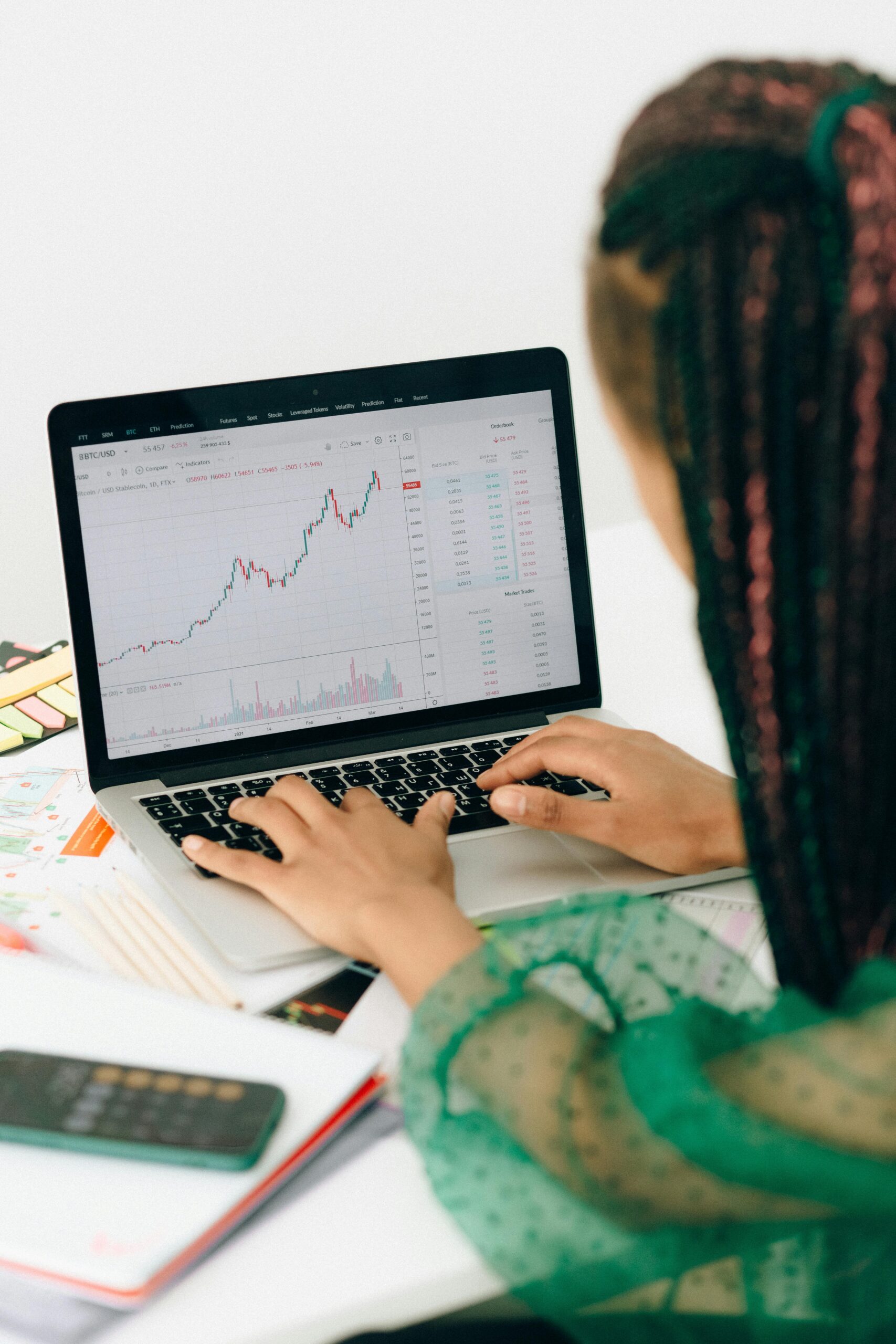How to Choose a Safe Forex Broker with Minimal Spread
Introduction
If you’ve ever stepped into the exciting world of Forex trading, you know how crucial it is to choose the right broker. Imagine you’re a driver in a Formula 1 race. Even if you have the best driving skills, the wrong car can cost you the race. Similarly, in Forex, even the best trading strategies won’t work if your broker is unsafe or has high spreads that eat into your profits.
In this guide, we’ll walk you through exactly how to choose a safe Forex broker with minimal spread—keeping your money secure while maximizing your trading potential. Whether you’re a beginner just learning about pips or an experienced trader aiming for tighter spreads, this article will help you make the right choice.
Why Safety Comes First in Forex Trading
Forex trading moves $7.5 trillion daily (source: BIS), making it the largest financial market in the world. But such a big market also attracts scams, frauds, and unregulated brokers.
Here’s why safety should be your top priority:
- Your broker holds your deposit; if they’re unsafe, you risk losing it.
- Scams are often disguised as “too good to be true” offers.
- Regulated brokers follow strict rules to protect traders.
💡 Think of your broker as a bank. You wouldn’t put your savings in an unlicensed bank, right?
What Is a Spread and Why Minimal Spread Matters
The spread is the difference between the buy (ask) price and the sell (bid) price. This is how brokers make money.
Example:
- EUR/USD Buy Price = 1.1000
- EUR/USD Sell Price = 1.0998
- Spread = 0.0002 or 2 pips
Why it matters:
- Lower spreads = lower trading costs.
- High spreads can eat up profits, especially for scalpers and day traders.
LSI Keywords: Forex broker fees, tight spreads, low spread brokers, spread cost in Forex, pips in Forex trading.
Step-by-Step Guide to Choosing a Safe Forex Broker with Minimal Spread
1. Check Regulatory Status
The safest brokers are regulated by reputable authorities. These bodies enforce rules to protect traders and keep brokers accountable.
Top Regulatory Authorities:
- FCA (UK – Financial Conduct Authority)
- ASIC (Australia – Australian Securities & Investments Commission)
- CySEC (Cyprus – Cyprus Securities and Exchange Commission)
- NFA (US – National Futures Association)
✅ Tip: Always check the broker’s license number directly on the regulator’s official website.
2. Evaluate the Broker’s Reputation
Read reviews, join trading forums, and see what real traders say. Avoid brokers with consistent complaints about withdrawals or manipulation.
Good signs:
- Positive Trustpilot ratings
- Transparent policies
- Fast withdrawal process
Bad signs:
- Delayed or blocked withdrawals
- Unexplained account closures
- Lack of customer support
3. Compare Spreads and Fees
Look for brokers offering tight spreads (as low as 0.0–0.5 pips on major pairs). But remember: the lowest spread isn’t always the safest option.
How to compare:
- Check the broker’s live spread data on their website.
- Compare spreads during both high and low volatility periods.
4. Test Their Trading Platform
The platform should be fast, reliable, and easy to use. Popular ones include MetaTrader 4 (MT4), MetaTrader 5 (MT5), and cTrader.
Features to look for:
- Real-time price updates
- Risk management tools (stop-loss, take-profit)
- One-click trading
5. Ensure Fund Security
Check if the broker offers:
- Segregated client accounts (keeps your money separate from company funds)
- Negative balance protection (prevents you from losing more than your deposit)
6. Try a Demo Account First
A demo account lets you test spreads, execution speed, and features without risking real money. If the demo is smooth and matches the live account conditions, it’s a good sign.
7. Customer Support Quality
Test their customer support via chat, email, and phone. Safe brokers respond quickly and professionally.
Example: A Trader’s Story
Sara, a new trader from Dubai, joined a broker offering “zero spreads”. It sounded perfect—until she discovered hidden fees and constant slippage. After switching to a regulated broker with a small but transparent spread, her profits stabilized. Moral? Transparency beats flashy promises.
Common Red Flags to Avoid
- Unregulated brokers promising huge bonuses
- Guaranteed profits or “risk-free” trading claims
- High-pressure tactics to deposit more money
Internal Link Suggestions for Forexbar
- What Are the Best Forex Trading Apps for Beginners?
- What is Pips in Forex? Trading’s Most Important Concept
- How to Become a Forex Trader: Beginner to Professional Journey
External Reputable Links
- Wikipedia: Foreign exchange market
- Bank for International Settlements – Forex Statistics
Conclusion
Choosing a safe Forex broker with minimal spread isn’t about picking the cheapest option—it’s about balancing security, transparency, and competitive pricing. Always prioritize regulation, test the platform, and remember that long-term success depends on a trustworthy trading partner.
💬 Have you found your perfect broker yet? Share your experience in the comments!
FAQs
Q1: What is the safest Forex broker?
A safe broker is one regulated by top authorities like FCA, ASIC, or NFA, with a solid reputation and transparent policies.
Q2: What is a good spread in Forex?
For major currency pairs, a spread of 0.0–1 pip is considered competitive.
Q3: Can I trust brokers with zero spreads?
Some are trustworthy, but many offset “zero spreads” with high commissions or hidden fees. Always check the fine print.
Q4: Why is regulation important in Forex?
It ensures the broker follows strict rules, protecting your funds and preventing fraud.
Q5: Should beginners focus on spreads or safety first?
Safety always comes first; low spreads are important, but not at the cost of security.
Q6: How do I know if my broker is regulated?
Check their license number on the official regulator’s website.a
